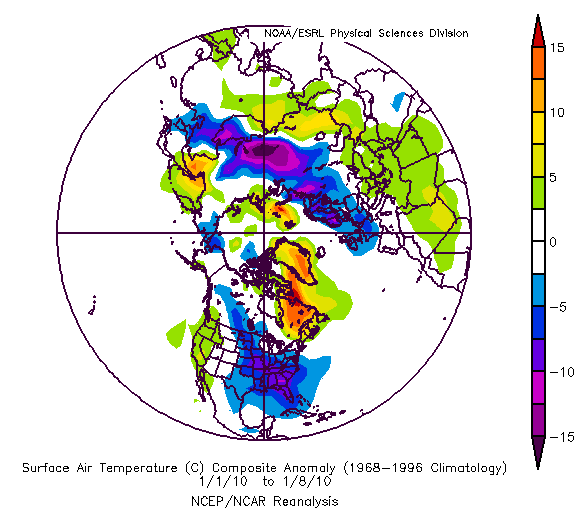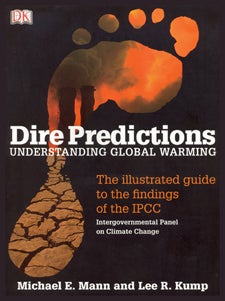A report released this week by the National Oceanic and Atmospheric Administration (NOAA) provides new evidence that global warming continues relentlessly. The report comes after climate science was found to be solid in several official investigations into the so-called “Climategate” controversy, and it adds even more urgency to the need to reduce global warming pollution to prevent severe impacts in the future.
The report, “State of the Climate in 2009,” was authored by more than 300 scientists from 160 research groups in 48 countries. It confirms that each of the past three decades was warmer than the last, with the 2000s being the warmest in the 150-year record.
The latest data from all the regions of the world are presented for a variety of climate indicators. Ten of the indicators most closely related to surface temperature all support the idea that the Earth is warming.
Specifically, seven indicators are rising, indicating a warming world:
- air temperature over land
- sea-surface temperature
- air temperature over oceans
- sea level
- total heat content of the ocean
- humidity
- tropospheric temperature (in the “active-weather” layer of the atmosphere closest to the Earth’s surface)
And three indicators are declining, also indicating a warming world:
- Arctic sea ice
- glaciers around the world
- spring snow cover in the Northern hemisphere
These climate indicators represent many independent lines of evidence for global warming.
This report comes on top of a set of recent reports by the National Academy of Sciences that provide yet more evidence that human-produced pollution has caused the warming observed over the past several decades and that continued warming poses serious and costly risks to society. Together, these latest scientific reports show that global warming is happening and will only get worse unless we seriously cut back our global warming pollution.
As evidenced yet again by the new NOAA report, the science is very clear: We must begin cutting our emissions now to avoid even more dramatic cuts later, since global warming gases stay in the atmosphere for decades or even centuries and keep accumulating there. A delay of two or three years will make the necessary pollution cuts more severe and expensive.












 We frequently mention the
We frequently mention the  Last Thursday, the Global Carbon Project released its annual report on the state of the carbon cycle,
Last Thursday, the Global Carbon Project released its annual report on the state of the carbon cycle,  This post is by
This post is by